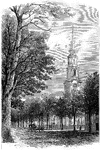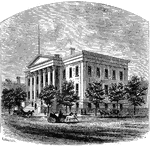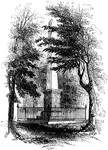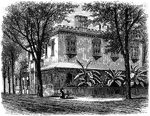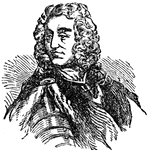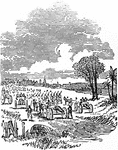Clipart tagged: ‘Savannah’
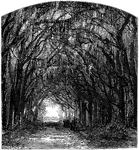
Bonaventure Cemetery
Bonaveture Cemetery is a public cemetery located on a scenic bluff of the Wilmington River, east of…

Savannah Flycatcher
Found in the southern United States, the Savannah fly-catcher is notable for its long, forked tail.
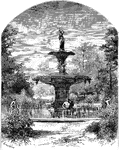
Fountain
An illustration of a large fountain located in Forsyth Park in Savannah, Georgia. Forsyth Park is a…
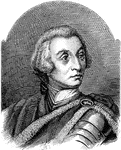
General James Oglethorpe
James Oglethorpe (1/2/22/1696 - 6/30/1785) was a British general, a philanthropist and was the founder…
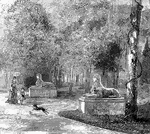
Forsyth Park
Forsyth Park is a large city park that occupies 30 acres in the historic district of Savannah, Georgia.…
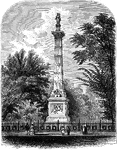
Pulaski Monument
An illustration of the Pulanski monument located in Savannah, Georgia. Pulaski was laid out in 1837…

Savannah River
The Savannah River is a major river in the southeastern United States, forming most of the border between…

Savannah, Georgia, Looking East
"View of Savannah, Ga., looking east, toward Fort Jackson. Savannah, the entry port of Georgia, is built…
